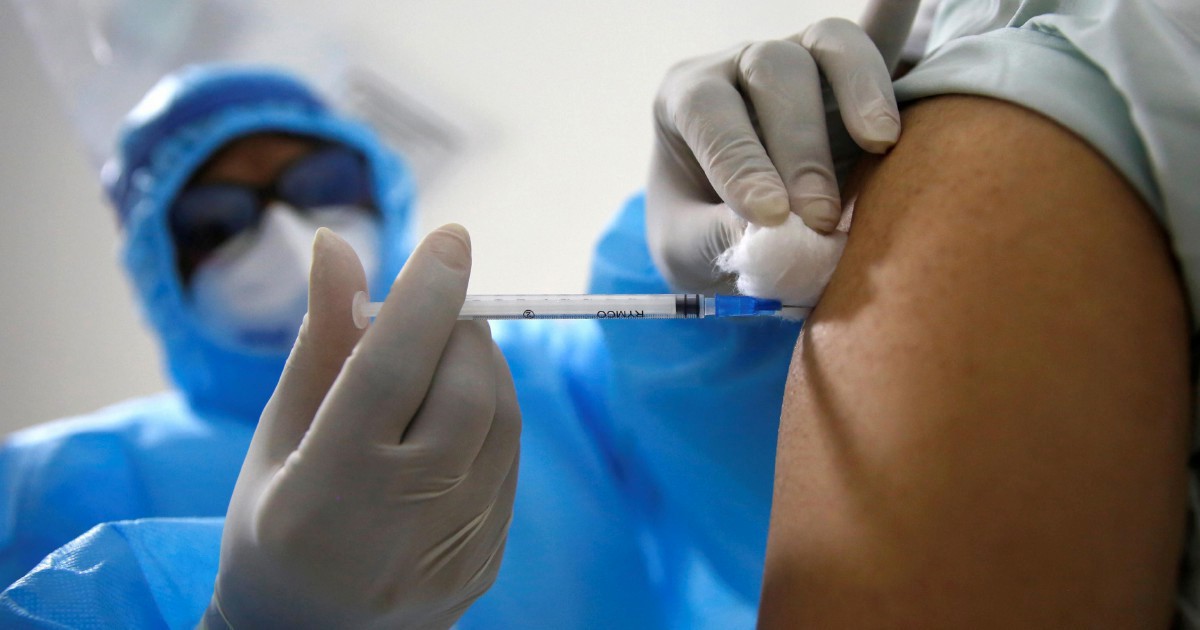Blood pressure, heart activity, skin hydration and early detection of health problems, such as Covid-19 and other more common pathologiesThis is the challenge of wearable bioelectronics, an industry that is experiencing rapid expansion, largely fueled by the growing demand for fitness trackers that can record workouts and monitor multiple vital signs simultaneously, from heart rate to sleep quality.
The patch to detect vital signs and diseases
The current smartwatches and the most innovative wearable rings will soon be joined by new adhesive bioelectronic devices that can be applied like patches on the skin. The development of the biosensors has already been fine-tuned by engineers at the University of Missouri in Columbia, United States, who are now planning the large-scale production of a customizable solution, capable of detecting vital signs and transmitting them in mode wireless to healthcare professionals, potentially providing crucial information for the early detection of disease or other health problems, eliminating the need for in-person visit and saving lives.

“Although biosensors for these devices have already been developed – explained Zheng Yan, assistant professor at the College of Engineering -, now we want to combine them to mass-produce a porous patch with multiple bioelectronic components”.
In addition, added Yan, who recently received a $ 500,000 grant from the National Science Foundation’s Career program to launch a plan for large-scale production of a bioelectronic device at low cost, the goal is to make the patch soft, breathable, light and waterproof, so study how to print it directly on support materials using a method called maskless inkjet. “Therefore – concluded Yan -, with this funding, we want to determine how achieve continuous and scalable production of such devices in an effort to keep our manufacturing costs as low as possible and pass those cost savings on to the consumer”.
–


